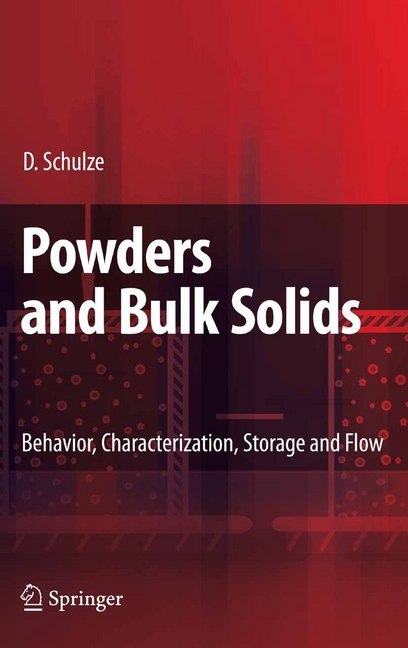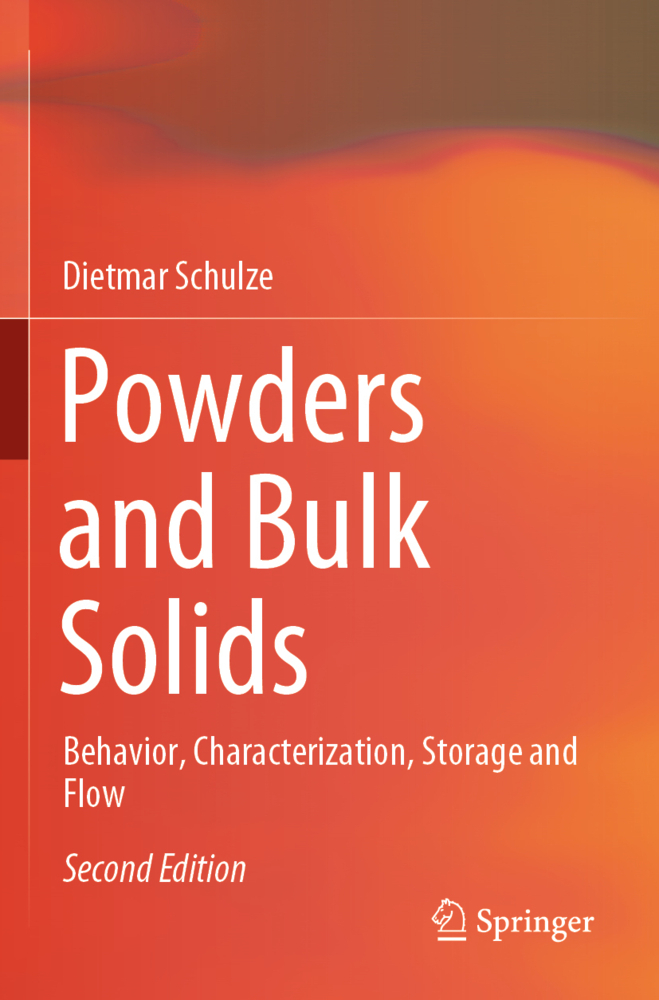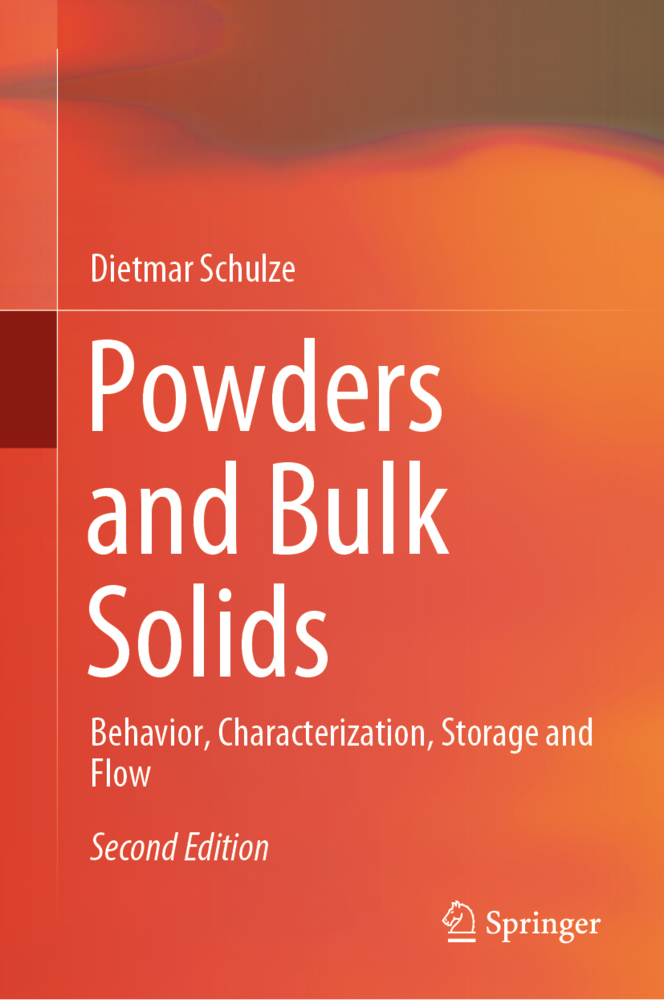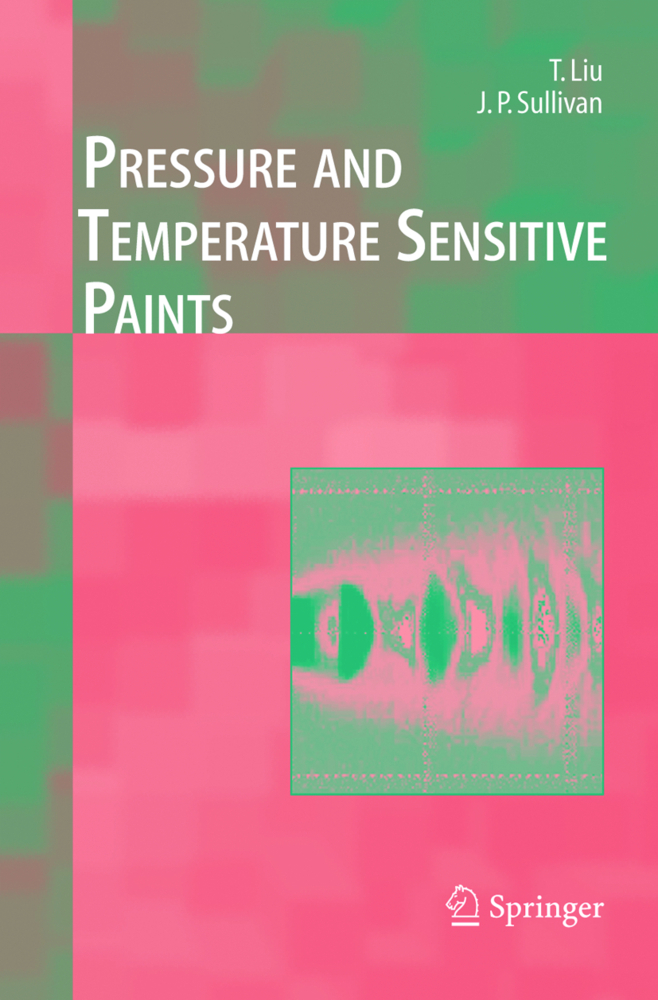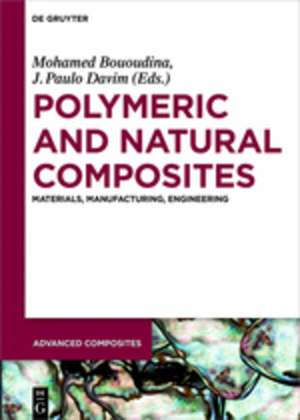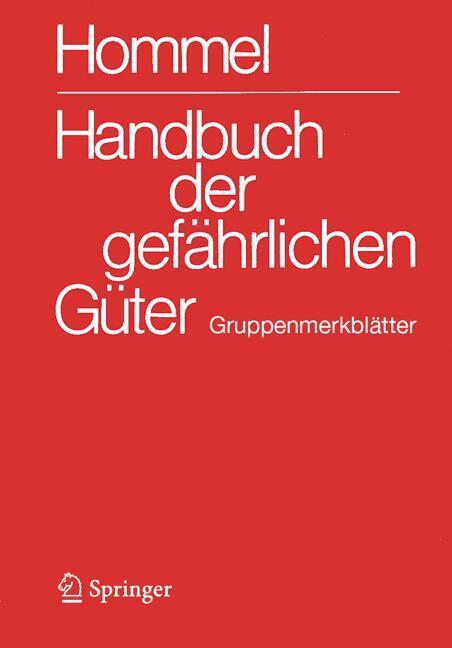Powders and Bulk Solids
Behavior, Characterization, Storage and Flow
The book concentrates on powder flow properties, their measurement and applications. These topics are explained starting from the interactions between individual particles up to the design of silos. A wide range of problems are discussed - such as flow obstructions, segregation, and vibrations. The goal is to provide a deeper understanding of the powder flow, and to show practical solutions.
1;Preface;5 2;Foreword;9 3;Contents;11 4;1. Introduction;17 4.1;1.1 Common problems with bulk solids;17 4.2;1.2 Milestones of bulk solids technology;20 5;2 Fundamentals;24 5.1;2.1 Particles or continuum?;24 5.2;2.2 Forces and stresses;25 5.3;2.3 Stresses in bulk solids solids solids;27 5.4;2.4 Bulk density;35 5.5;2.5 Elastic and plastic deformation;36 5.6;2.6 Adhesive forces;38 5.7;2.7 Influence of particle size on the behavior of a bulk solid;47 6;3 Flow properties of bulk solids;50 6.1;3.1 Uniaxial compression test;50 6.2;3.2 Principles of shear testing;62 6.3;3.3 Wall friction;84 7;4 Practical determination of flow properties;90 7.1;4.1 Measurement with shear testers;90 7.2;4.2 Selection of stresses;114 7.3;4.3 Application-related measurement of flow properties;125 8;5 A more detailed look at properties of bulk solids;127 8.1;5.1 Anisotropy and influence of deformation on stresses;127 8.2;5.2 Shear deformation, shear zones, localization;143 8.3;5.3 Yield locus;161 8.4;5.4 Influence of velocity;174 9;6 Discussion of testers and test procedures;176 9.1;6.1 Influences on test results;176 9.2;6.2 Requirements for testers to measure flow properties;181 9.3;6.3 Measuring techniques and equipment (overview);182 9.4;6.4 Remarks on reliability and accuracy;206 9.5;6.5 Measurement of adhesive forces;209 9.6;6.6 Summary;211 10;7 Properties exhibited by some bulk solids;212 10.1;7.1 Effects in flowing bulk solids;212 10.2;7.2 Parameters and conditions influencing flow behavior;223 11;8 Examples of measured flow properties;244 11.1;8.1 Flow agent;244 11.2;8.2 Moisture content;246 11.3;8.3 Temperature;248 11.4;8.4 Time consolidation;249 11.5;8.5 Particle size;250 11.6;8.6 Attrition;253 11.7;8.7 Bulk density;254 11.8;8.8 Stress dependency of wall friction;256 11.9;8.9 Influence of wall material on wall friction angle;258 12;9 Stresses;261 12.1;9.1 Stress states in silos;261 12.2;9.2 Assessment of stresses;270 12.3;9.3 Loads on feeders;284 12.4;9.4 Disturbances to the stress distribution;290 13;10 Silo design for flow;302 13.1;10.1 Flow profiles: mass flow and funnel flow;302 13.2;10.2 Flow problems in silos;304 13.3;10.3 Jenike's procedure for silo design;306 13.4;10.4 Application of results;323 13.5;10.5 Design diagrams;324 14;11 Silo configurations;329 14.1;11.1 Influence of flow properties on silo configuration;329 14.2;11.2 Hopper configurations;330 14.3;11.3 Inserts;338 15;12 Discharge of bulk solids;348 15.1;12.1 Maximum discharge rate;348 15.2;12.2 Discharge aids;356 15.3;12.3 Feeders and other discharge devices;362 15.4;12.4 Feeder dimensions and placement of discharge aids;386 16;13 Segregation;390 16.1;13.1 Segregation mechanisms;390 16.2;13.2 Techniques to reduce segregation;399 16.3;13.3 Sampling;412 16.4;13.4 Final remarks;413 17;14 Silo quaking and silo honking;414 17.1;14.1 Phenomenon;414 17.2;14.2 Shocks as a result of sudden flow;415 17.3;14.3 Sudden flow and pulsating flow caused by slip-stick friction;417 17.4;14.4 Shear zones in silos;418 17.5;14.5 Silo shocks due to slip-stick friction;422 17.6;14.6 Shocks and vibrations due to other reasons;438 17.7;14.7 Means for reducing silo quaking and silo honking;440 18;15 Sample problems and solutions;447 18.1;15.1 General remarks;447 18.2;15.2 Sample problems;447 19;Symbols;474 20;References;479 21;Index;509
Schulze, Dietmar
| ISBN | 9783540737681 |
|---|---|
| Artikelnummer | 9783540737681 |
| Medientyp | E-Book - PDF |
| Auflage | 2. Aufl. |
| Copyrightjahr | 2007 |
| Verlag | Springer-Verlag |
| Umfang | 512 Seiten |
| Sprache | Englisch |
| Kopierschutz | Digitales Wasserzeichen |

